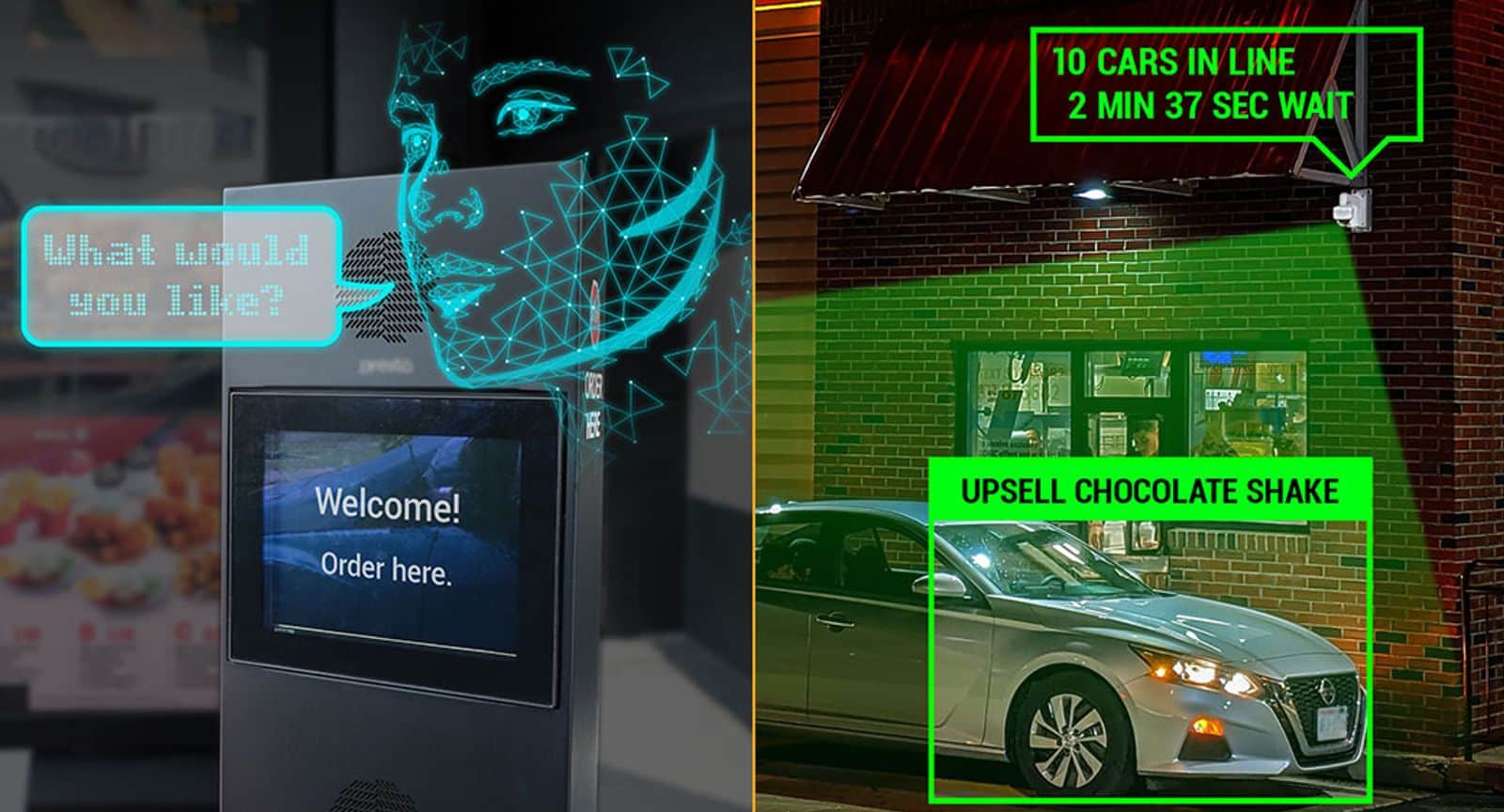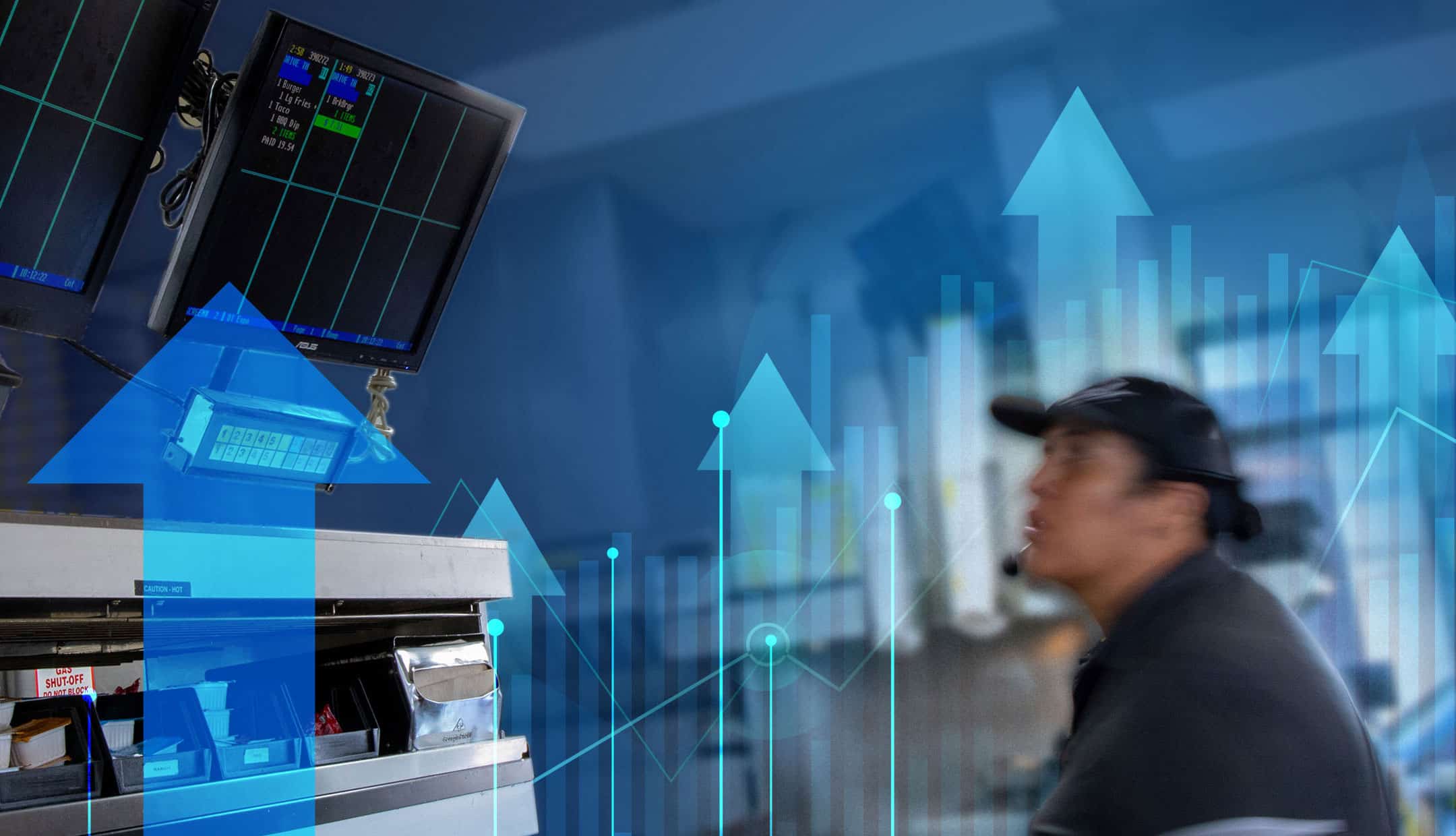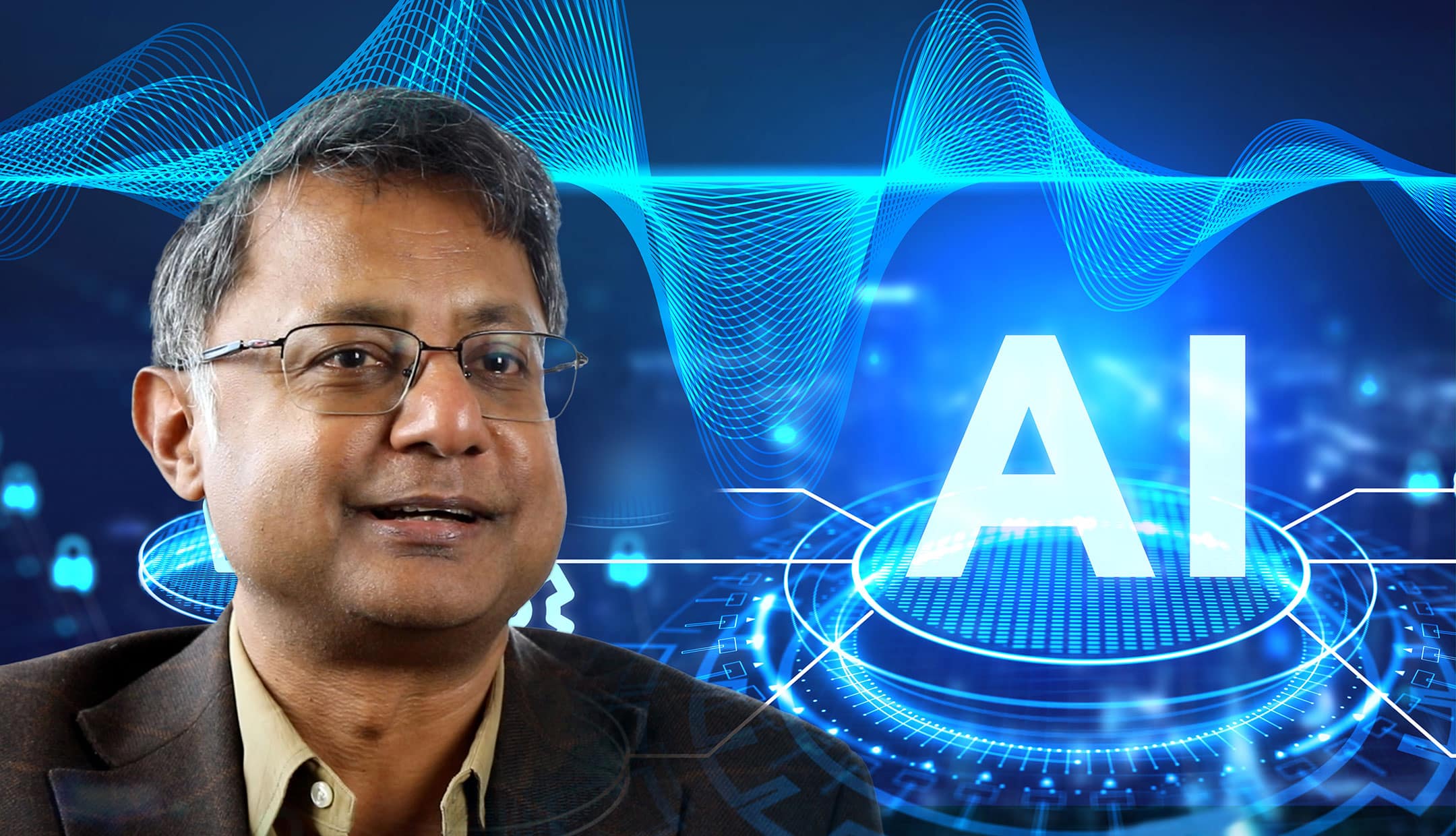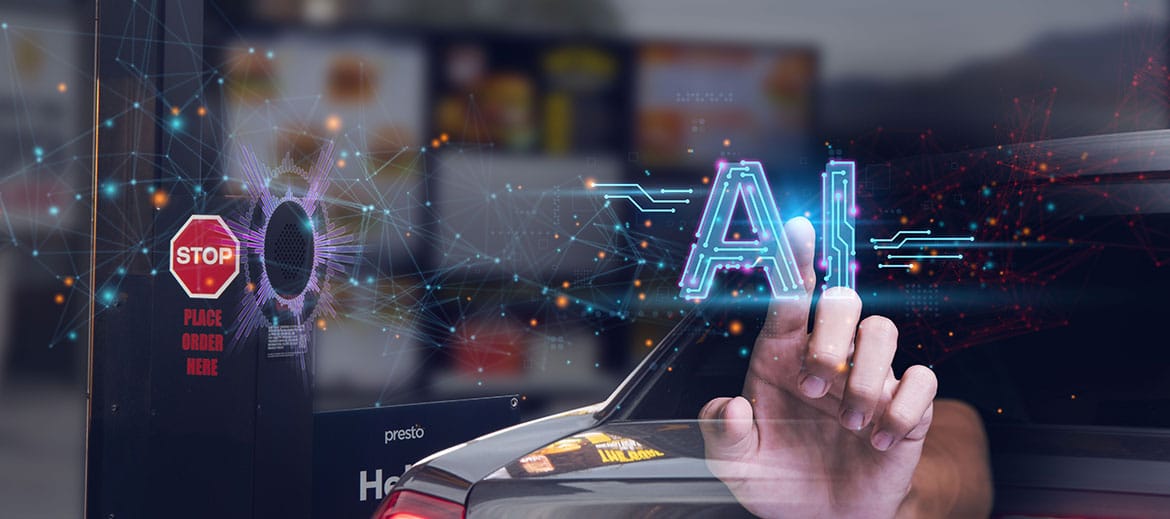It’s fast, it’s satisfying and it’s affordable. With more menu and value-focused choices than ever, about one-quarter of the U.S. population eats at a fast-casual or quick-service restaurant on a daily basis, with a majority of guests preferring the drive-thru lane.
Operating a restaurant is no mean feat, especially amid an industry-wide labor shortage, growing inflation and increasing demand. Serving as many customers as possible, moving them quickly and efficiently through the drive-thru process with a lean team is the goal – and it’s a tough one to achieve.
Today’s drive-thru operators need to ensure they can:
- Move guests quickly through the line
- Minimize cars dropping out
- Maximize the spend potential of every car
- Operate efficiently to minimize food and energy costs
Throwing staff at these problems is expensive and not practical as the hospitality and restaurant industry struggle to retain workers and remain 500,000 workers short of where they were before the pandemic. Turning to A.I. voice automation is one of the most powerful solutions to mitigate the labor shortage and automate the drive-thru process. The friendly, human-like assistant never lets guests wait, takes their order accurately, never forgets to upsell and automatically sends the order to the POS system without any delay. But voice automation is just the beginning.
Computer vision augments voice automation
In order for drive-thru operators to maximize their throughput potential, they should implement A.I. computer vision technology in conjunction with voice automation. Compared to the current situation where most drive-thru operators do not have access to real-time performance data, with computer vision they can have visibility into more than a dozen unique operational metrics on drive-thru performance. This results in better decisions to reduce wait time and increase order accuracy.
Instead of operating the drive-thru blindly, A.I. computer vision technology allows QSRs to optimize drive-thru operations, reduce costs, boost staff productivity and gain more data-driven insights. Here are four capabilities your drive-thru computer vision technology should have.
1. Securely identify repeat guests and offer them personalized suggestions
Today’s customers expect personalization in all their transactions–including at the drive-thru. The right computer vision technology can delight your guests by recognizing repeat customers and remembering their preferences. This not only deepens brand loyalty–but also gives your staff deeper insight into and control over a given customer’s spend potential.
2. Measure the real-time speed of service
In addition to order accuracy, speed and efficiency are the hallmarks of a well-run drive-thru. The appeal of the drive-thru is its pace; customers who frequent these establishments hope to avoid the delays of parking, waiting in line and ordering at the counter inside the restaurant.
As drive-thrus become busier and staffing stays lean, existing staff are under pressure to move as quickly as possible. A.I. computer vision technology measures the real-time, true speed of service and allows restaurant operators to identify problems and rectify them quickly. The platform empowers managers with the data they need to staff their drive-thrus appropriately, increase staff productivity and keep customers moving. The platform reduces levels of overwhelm among staff during peak periods by identifying how to re-align the crew and determining which menu items require more attention. These features help improve service and speed prep times.
3. Help reduce bottlenecks and cut long lines
One of the most frustrating sights for a drive-thru manager? Watching a car pull out of a seemingly long drive-thru line and drive away.
By optimizing and measuring each step of the drive-thru process using A.I. computer vision, it facilitates a more streamlined and efficient drive-thru experience keeping staff productive and customers delighted. In return, with smart analytics in place, the kitchen can be prompted on what items should be prepared ahead of time, based on historical trends on day of week and time of day to reduce wait times at the pick-up window, reduce food waste and provide the best service to guests.
4. Integrate with existing infrastructure
If you’re considering adding computer vision technology to your drive-thru, you’re likely eager to capitalize on the reams of data the A.I. can provide to your managers. But a huge volume of raw data can be overwhelming–data is only as useful as the analysis that supports it. Before purchasing computer vision for your drive-thru, it’s important to ensure the system integrates with the tools you already use.
See more clearly with computer vision
In today’s unprecedented labor shortage and changing consumer habits from the pandemic, high drive-thru volume is here to stay–and so are the challenges drive-thru operators face. Adding A.I. computer vision technology along with voice automation is a winning combination in the drive-thru that can help your staff meet and exceed expectations, so you can delight guests with personalized suggestions, bigger check sizes and a fast, seamless drive-thru experience that keeps guests coming back for more.
About Presto
Presto overlays next-gen digital solutions onto the physical world. Our enterprise-grade touch, vision, and voice technologies help hospitality businesses thrive while delighting guests. With over 100 million guests using Presto each month and 300,000 systems shipped, we are one of the largest technology providers in the industry.
Founded at M.I.T. in 2008, Presto is headquartered in Silicon Valley, Calif. with customers including top 20 hospitality chains such as Applebee’s, Aramark, Chili’s Grill & Bar, Denny’s, and Outback Steakhouse.



